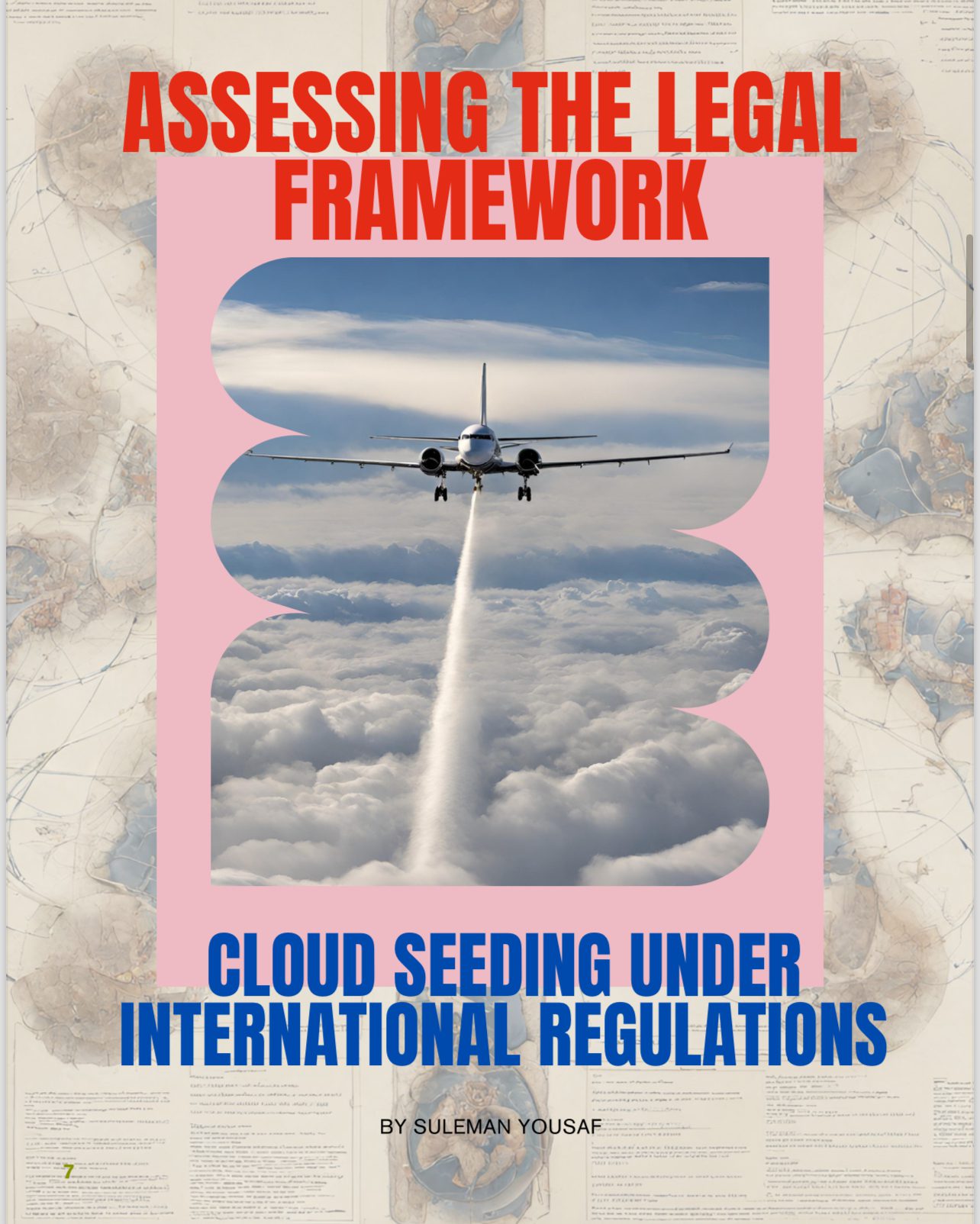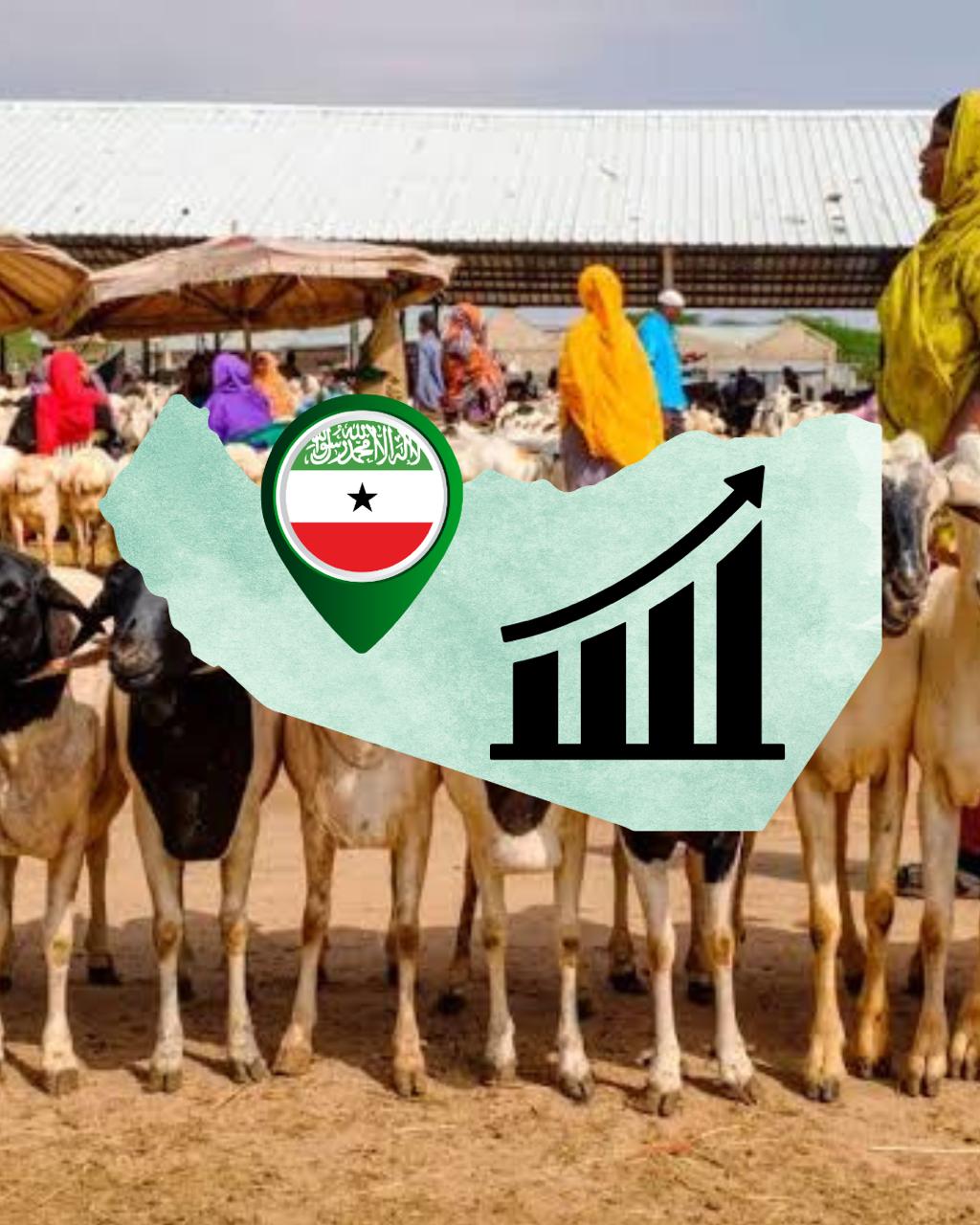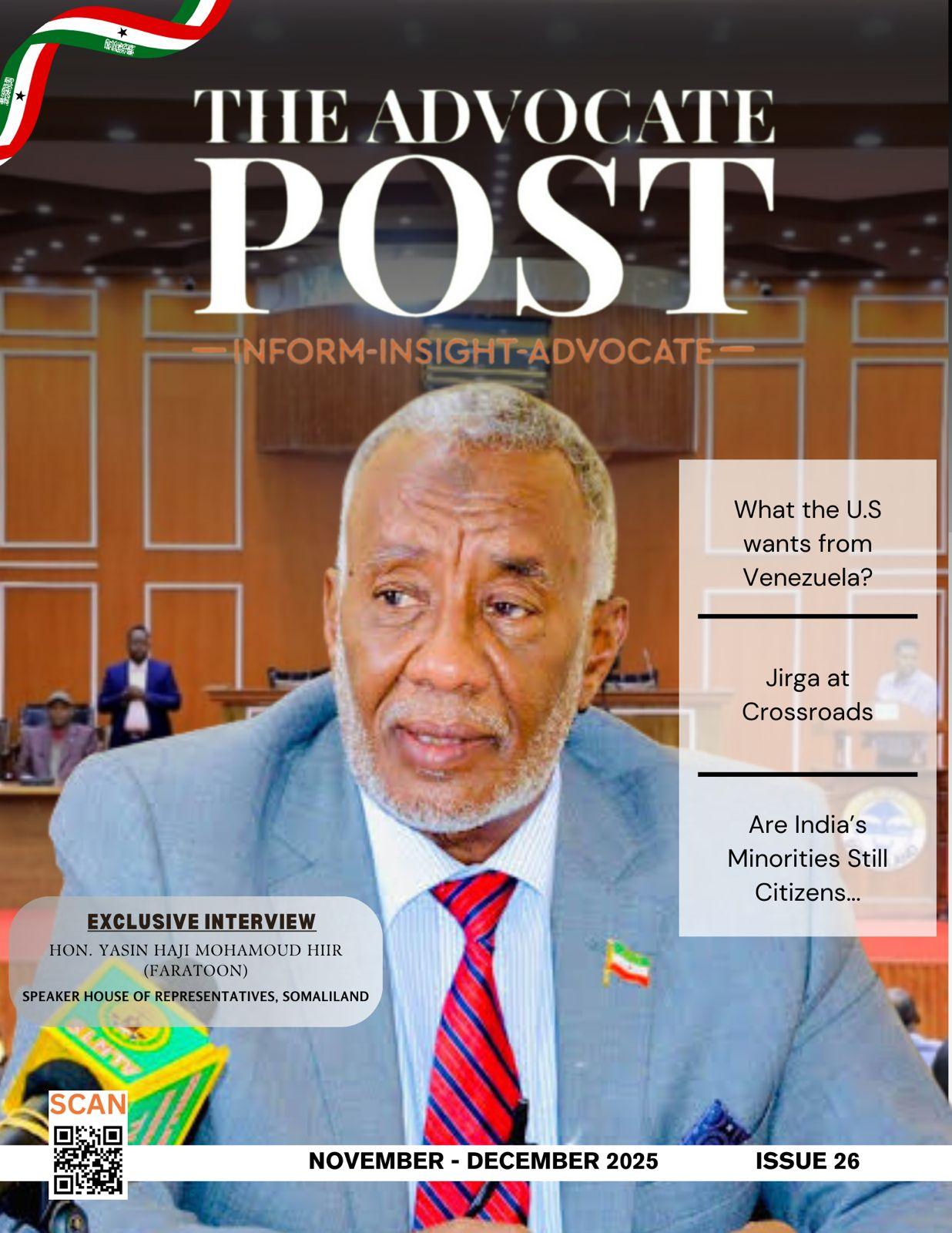By Suleman Yousaf (Pakistan)
In December of 2023, Lahore’s sky witnessed the first-even artificial rain to tackle the smog crisis. The Caretaker Chief Minister of Punjab (PAKISTAN), Mr. Mohsin Naqui meticulously planned light rain in 10 targeted regions of the city to combat the rising air pollution. This initiative was taken with the collaboration of the UAE to tackle the hazardous effects of smog that plagued the city of over 22 million people. The rain covered an area within 10 to 15 kilometers of the city and the project was carried forward after careful consultation with experts to address the pressing issue of pollution.
The process of weather modification but introducing substances into the atmosphere has been in practice for a long time. It has become a practice in certain parts of the world. For more than 70 years, countries like the US, China, and the UAE have been using cloud seeding. The concept of artificial rain dates back to the 20th Century when the first experiment was conducted in 1946. This experiment used dry ice to stimulate snowfall. In the following years, this idea gained more traction as a tool for modifying weather. During that time the Cold War and the desire to be in control of everything for military purposes (during the 60s and 70s resulted in ever-growing interest in cloud seeding.
At that time, in the US, a wide range of experimental programs were launched. These include the likes of Project Stormfury in the 60s. Project Snowy Hydro was launched by an Australian company back in the 50s. Yet, it has always been a controversial technology with impacts and efficiency being questioned frequently. The most prominent being the drafting and execution of the UNGA Convention on Prohibition of Military or Any Other Hostile Use of Environmental Modification Techniques. This convention was a result of these technologies being used by the US Military to disrupt supply chains.
The military achieved it by creating landslides and floods during the Vietnam War, Operation Sober Popeye. This operation was acknowledged by the US Military back in 1971.
But, How Does Artificial Rain Work? Also known as cloud seeding, artificial rain is a way to modify weather to stimulate rainfall by introducing foreign substances into the clouds. No, we’re not talking about clouds going on steroids, but it does kinda’ work like that.
These substances act like ice nuclei or cloud condensation and prompt the formation or development of particles of precipitation. These substances include the likes of liquid propane, potassium iodide, and silver iodide. This entire process is carried out using aircraft, rockets, or ground-based generators. The success of this process depends upon the atmospheric conditions, temperature, and cloud type. Some studies suggest cloud seeding can enhance precipitation under different circumstances.
However, the long-term consequences of this process are still under research. Making it rain artificial is a controversial practice that has garnered support as well as criticism over the years. It is beneficial in mitigating the effects of floods and droughts in regions by altering the amount of rainfall.
Nevertheless, cloud seeding can also result in water depletion, air pollution, soil erosion, and other geopolitical conflicts. Addressing the social and environmental impact of these concerns, different international legal frameworks have been developed for regulating
artificial rain practices and prompting outcomes that are both equitable and sustainable. Still, these legal frameworks face considerable challenges, concerning their scope, coordination, and enforcement. This is because cloud seeding can cross international borders and it can involve multiple stakeholders with varying interests.
Of course, we have already talked about the fact that cloud seeding is being used by countries and many of them are planning to integrate it into their watercourse management. This could spark even more global conflicts over scarcity of water.
International frameworks have been developed for regulating cloud seeding to promote sustainable outcomes. At an international level, Article 5 of the UN Conventions on the Law of the Non-Navigational Uses of International Watercourses addresses the right of countries to use transboundary watercourses for artificial rain. But there’s a provision that obliges them not to use the same watercourse and cause significant harm.
Article 7 of the Convention on Biological Diversity (and the Nagoya Protocol) requires parties to make sure their cloud seeding processes don’t result in any harm to biodiversity. This article requires all parties to gain consent from local communities before commencing with the cloud seeding process.
Moreover, Article 2 of the Convention on Long-Range Transboundary Air Pollution takes care of the emissions and transport of air pollutants resulting from cloud seeding.
The biggest challenge at hand is the lack of any universal definition of cloud seeding or artificial rain. Therefore, as a notion, it can result in inconsistency in the interpretation and regulation of these frameworks. Moreover, the results of artificial rain can be transnational and it can involve different stakeholders with ranging interests. Therefore, the enforcement of these regulations can become difficult.
Furthermore, it is difficult to precisely assess the social and environmental impacts of this process. There is a lack of standardized monitoring and assessment systems for these programs makes it furthermore challenging to accurately determine the effectiveness and impact of this process. Apart from that the funding and resources available for artificial rain programs can differ in jurisdictions as well. Plus, the cloud seeding technology practices are rapidly evolving and it is another challenge for the legal frameworks. With the testing and further development of new methods, regulations will continue to struggle and match the pace of these technological advancements.
It can result in potential gaps and oversights. Artificial rain or cloud seeding is controversial. There are times when it might seem like the need of the hour, but it has its long-term consequences with very low means to regulate and monitor technological advancements.
It is important to balance out the advantages and consequences of this technology. Therefore, legal frameworks must be developed to address these geopolitical, social, and environmental concerns. And for that, more research is required on cloud seeding to speed up the process of developing monitoring and evaluating controls for the process.
Suleman Yousaf (SY), a seasoned writer with a decade of expertise, illuminates diverse niches through the pages of “The Advocate Post.” With a potent pen, SY channels over a decade of writing and editing experience into shedding light on issues deserving of attention. A dedicated storyteller, SY’s work resonates with a passion for meaningful narratives that inspire and inform.






This Post Has 2 Comments
Hey! Someone in my Myspace group shared this site with us
so I came to take a look. I’m definitely enjoying the information.
I’m book-marking and will be tweeting this to my
followers! Outstanding blog and excellent design and style.
Thanks for your helpful post. As time passes, I have come to be able to understand that the particular symptoms of mesothelioma are caused by your build up associated fluid regarding the lining of the lung and the chest cavity. The sickness may start inside the chest location and multiply to other areas of the body. Other symptoms of pleural mesothelioma cancer include weight loss, severe inhaling trouble, temperature, difficulty taking in food, and bloating of the neck and face areas. It should be noted that some people living with the disease tend not to experience any kind of serious indications at all.